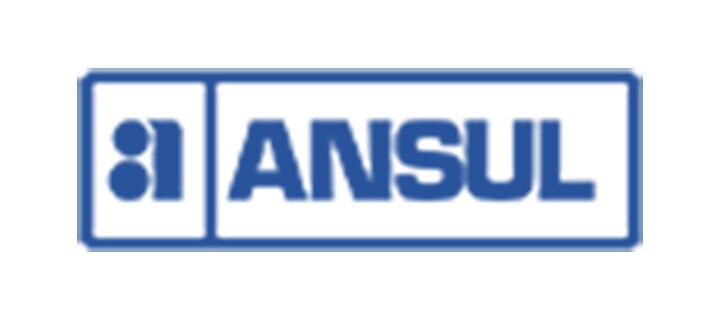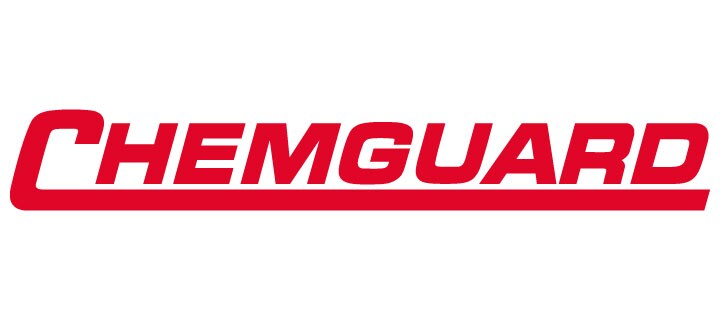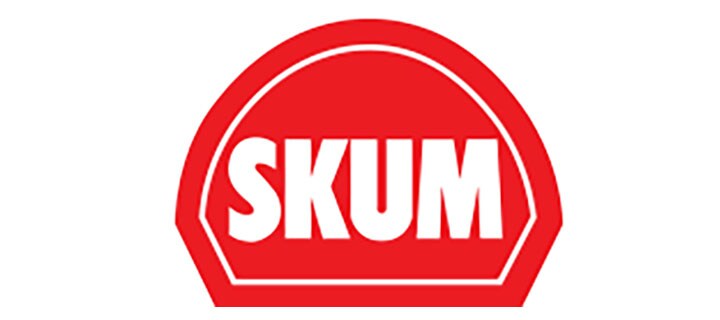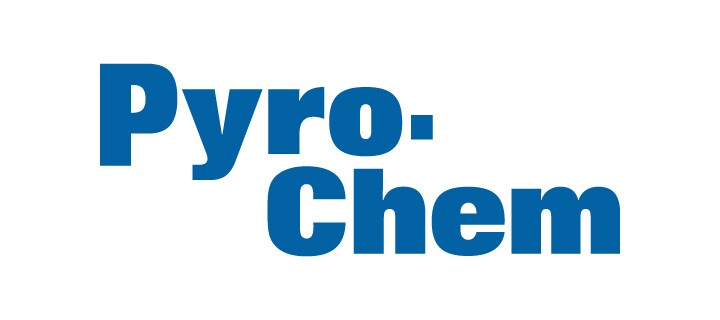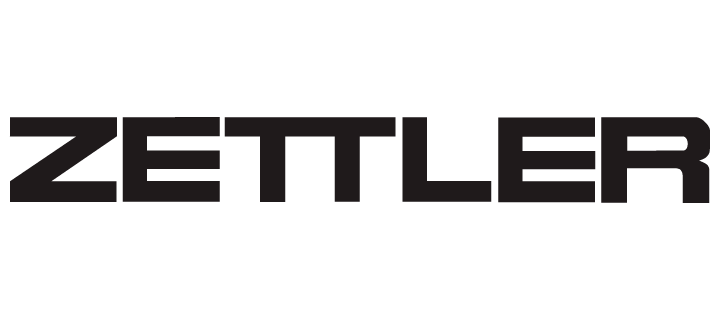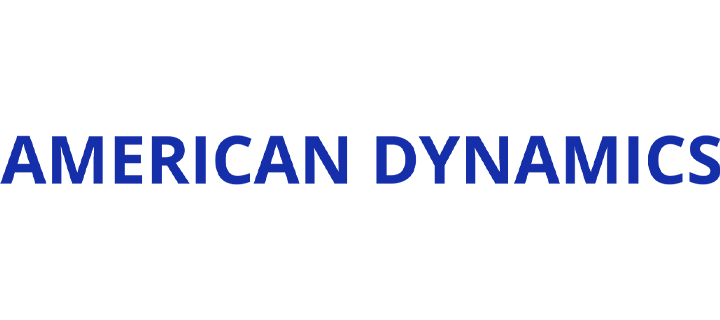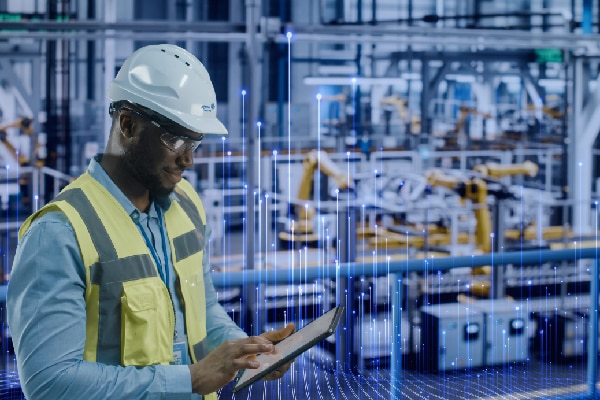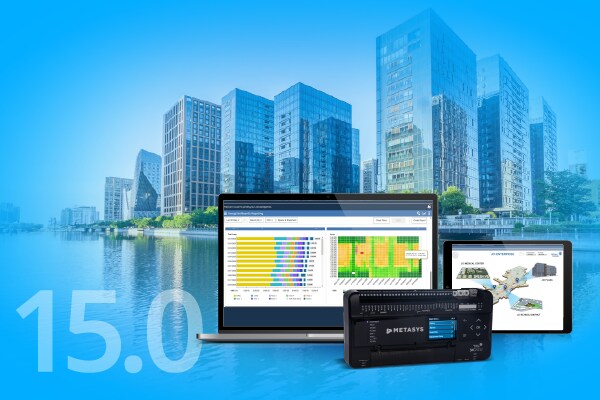Where To Install Commercial Smoke Detectors In Your Building
Commercial fires can happen through a wide range of causes, like faulty equipment, cooking, clutter, and even arson. Building owners and managers must have fire detection devices that can detect all potential fire indicators in areas with the highest risk to life and assets.
In the UK, it’s a legal requirement for all commercial buildings to be installed with robust fire safety measures that protect occupants. One essential device that plays a pivotal role in this overall safety net is the smoke detector.
But where should these smoke detectors be installed for maximum efficacy and compliance in a commercial setting?
What Are Smoke Detectors?
As the name suggests, smoke detectors detect smoke from a fire in the area around them. Once they pick up on smoke particles, they send a signal to the building’s central fire panel, activating the building’s fire response. This can include sounding audible alarms, turning on water sprinklers, alerting emergency services, and lighting evacuation paths.
Smoke detectors are, however, only part of the story when it comes to selecting the devices you need to protect your people, property and assets. There are several different types of smoke detectors available to commercial properties, not all of which detect just smoke:
- Optical Smoke Detectors, sometimes referred to as or photoelectric detectors, detect smoke in the air and respond swiftly to smouldering fires thanks to their sensitivity to larger smoke particles. These devices are ideal for benign environments where any potential fire will be slow burning.
- Heat Detectors can operate in fixed temperature and rate-of-rise modes with a number of approved sensitivities. These devices do not detect smoke, but rather monitor the atmosphere for high temperatures, or rapid rises in temperature. They are most often used in areas where high levels of dust are present or where the environment precludes the use of optical smoke detectors.
- Combination Optical and Heat Detectors use a combination of smoke particle detection coupled with temperature sensors to provide effective warning of a wide range of risks from flaming to smouldering fires. The combined optical and heat multi-sensor detector is the preferred choice for a range of applications including light industrial, retail and office environments.
- Combination Optical, Heat and Carbon Monoxide Detectors provide effective life protection where the environmental conditions are challenging. These devices use optical, heat and carbon monoxide sensors in concert to accurately determine the presence of fire. The CO element of the device scans the environment for the carbon monoxide profiles associated with fires. They are ideally suited for sectors such as industrial, retail, transport hubs, and healthcare.
Where Should I Position My Detectors?
The placement of your building’s smoke detectors requires meticulous planning, design and risk assessment from a competent professional.
In order for smoke detectors and the other related detection devices to deliver optimal protection, their positioning needs to be carefully considered.
- The number of detectors and their placement is a key part of any fire detection system design. The level of protection required is dictated by a number of factors and should always be defined in accordance with British Standard BS 5839.
- Detectors should be affixed to ceilings to ensure comprehensive coverage, as smoke and heat will rise to the ceiling. Multiple smoke, heat or multi-sensor detectors may be needed depending on each room's size and layout.
- Depending upon the category of fire protection that your premises dictates, smoke detectors, alarms, sprinkler systems and all other fire safety devices may need to be connected to a central fire control panel to comply with UK regulations.
- Alongside your automated fire safety devices, manual call points are necessary in commercial buildings, allowing occupants to raise the alarm if needed.
- Ensuring your building is equipped with the right fire safety measures can save lives and assets - and it starts with the first line of defence, your smoke detectors.
The Laws Around Commercial Fire Safety
In the UK, laws and regulations mean that a comprehensive fire safety protocol is non-negotiable - but this will look different for each building. An office with fire detectors and a sprinkler system may be sufficient, whereas a restaurant kitchen with open flames requires a more specialised approach.
UK legislation states that all business premises must by law have an "appropriate fire detection system". The system should be capable of alerting building occupants if a fire breaks out so that they can be safely evacuated.
If the answer to all of the following questions is "yes", then your premises may not need a fire detection system. Simple non-networked smoke alarms may suffice.
- Is your premises small, simple, and single-storey or open-plan?
- Is your premises free from any high-risk substances, such as chemicals or combustible fuels?
- Are high-risk activities, such as cooking or welding prohibited within your premises?
- Are all the occupants of your premises able-bodied and within normal working ages (16-67)?
- Would a fire be easily seen by building occupants if it broke out anywhere in your premises?
- Would a shout of ‘fire’ be easily heard by all occupants in your premises?
If the answer to any one of these questions is "no", then you are legally bound to install a fire detection system.
Different levels of protection can be offered by an automatic fire detection system incorporating automatic smoke detectors, ranging from simple systems that protect specific areas of a building to total coverage solutions that protect every room on the premises.
Fire detection systems designed to protect lives are rated on an "L Category" scale. The categories that incorporate the use of networked smoke detectors are as follows:
- Category L1 – Maximum Life Protection
This category of system offers the highest level of protection and provides the earliest possible warning should a fire occur. This category of system uses fire detectors and manual callpoints in all areas of the building which are then linked to a central control panel which can alert the building's occupants if a fire breaks out.
L1 systems are typically used in residential care premises, large hotels, and large office buildings where early detection of a fire is critical to the safety of the building's occupants.
- Category L2 – Additional Life Protection
This category of system uses smoke detectors and callpoints in every room that form part of an evacuation route, including corridors. Detection devices also need to be installed in high-risk areas such as boiler rooms, kitchens, and any area where heavy machinery is in use.
L2 systems are often installed into factories, or medium sized premises that accommodate up to 10 occupants.
- Category L3 – Standard Life Protection
L3 category systems provide lower-level protection against the loss of life in a fire. They use detectors and callpoints along all escape routes (including corridors and stairways) and in rooms that open onto an escape route. The aim of L3 systems is to ensure that a building's occupants are given enough time to safely evacuate from the building should a fire occur.
L3 systems are usually installed into smaller office buildings, commercial buildings, large shops and entertainment venues.
- Category L4 – Modest Life Protection
Category L4 fire detection systems use detectors and callpoints to provide protection to a building's escape routes such as corridors and stairways. These systems provide less warning than others, and should only be used in premises that have a lower level of risk where the occupants can be quickly evacuated if the need arises.
L4 systems can be used in smaller premises that generally consist of a single ground-level building.
It should be noted that L4 systems cannot be used in any building that accommodates sleeping individuals.
- Category L5 – Localised Life Protection
This category of fire detection system is used to protect an area of a building that houses a specific fire risk, such as a computer room or a welding bay.
L5 systems are typically used in conjunction with other levels of protection to safeguard areas of specific risk in the premises.
Two categories of fire protection also exist that incorporate smoke detectors to protect property rather than lives. These are:
- Category P1
This category uses smoke, heat and/or CO detectors in all areas of the building to provide maximum protection.
- Category P2
This category uses detectors in specific areas of the building to provide targeted protection.
P Category systems should only be used in primarily unoccupied premises such as computer-controlled factories, or warehouses.
Sometimes Category P systems can be used in conjunction with Category L systems in order to provide a comprehensive fire detection strategy for your business.
Which Category of Protection Do I Need?
Deciding which level of protection your business requires is an important and specialised task. It takes into account:
- The type of premises you occupy
- The type of contents stored in your premises
- The nature of your business
- The level of risk associated with on-site activities
Johnson Controls is ideally placed to help you with making the decision as to which level of protection your business needs. We have a wealth of experience in all manner of fire detection applications and can design, supply, install, commission, and service our industry-leading range of fire detection solutions to keep your people, your property, and your assets safe from the threat of fire.
Take a look at our entire range of fire safety devices, including smoke detectors, to protect your building with world-class safety products.
Johnson Controls offer a wide range of Fire Detection Solutions
Fire Alarm Control Panels
Explore our range of capacities and features to find the right fit for your application.
Notification Solutions
Take fire safety in a new direction with game-changing addressable notification technology, compatible with our range of alarms and smoke detectors.
Fire Detectors
Smoke and heat detectors; deploy stable technology with quick responses and less frequent nuisance disruptions.



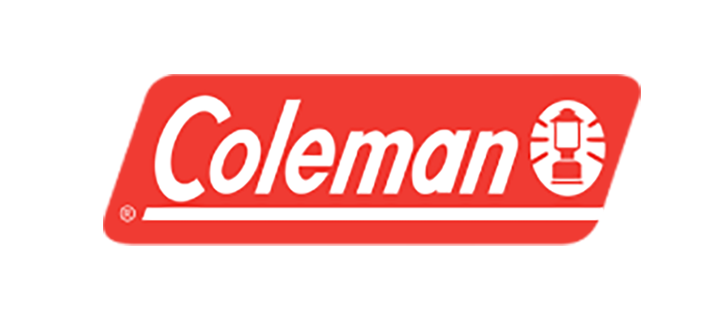





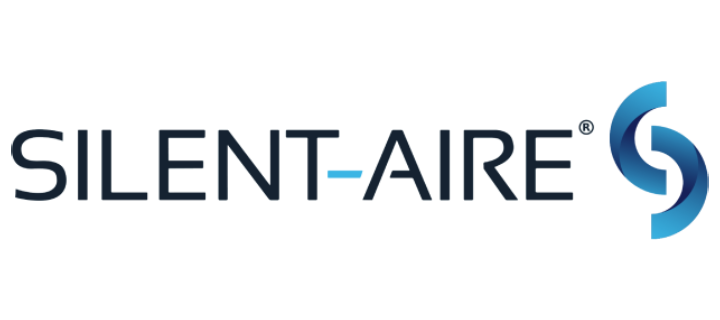
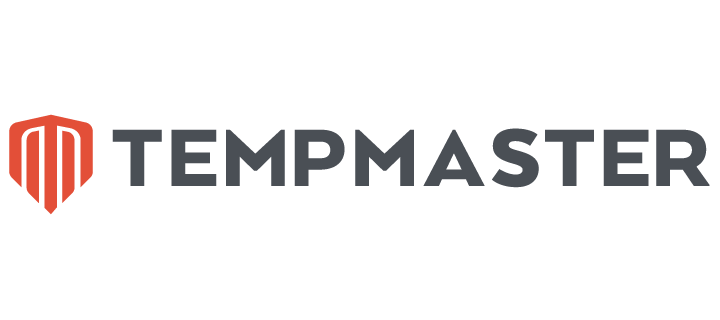

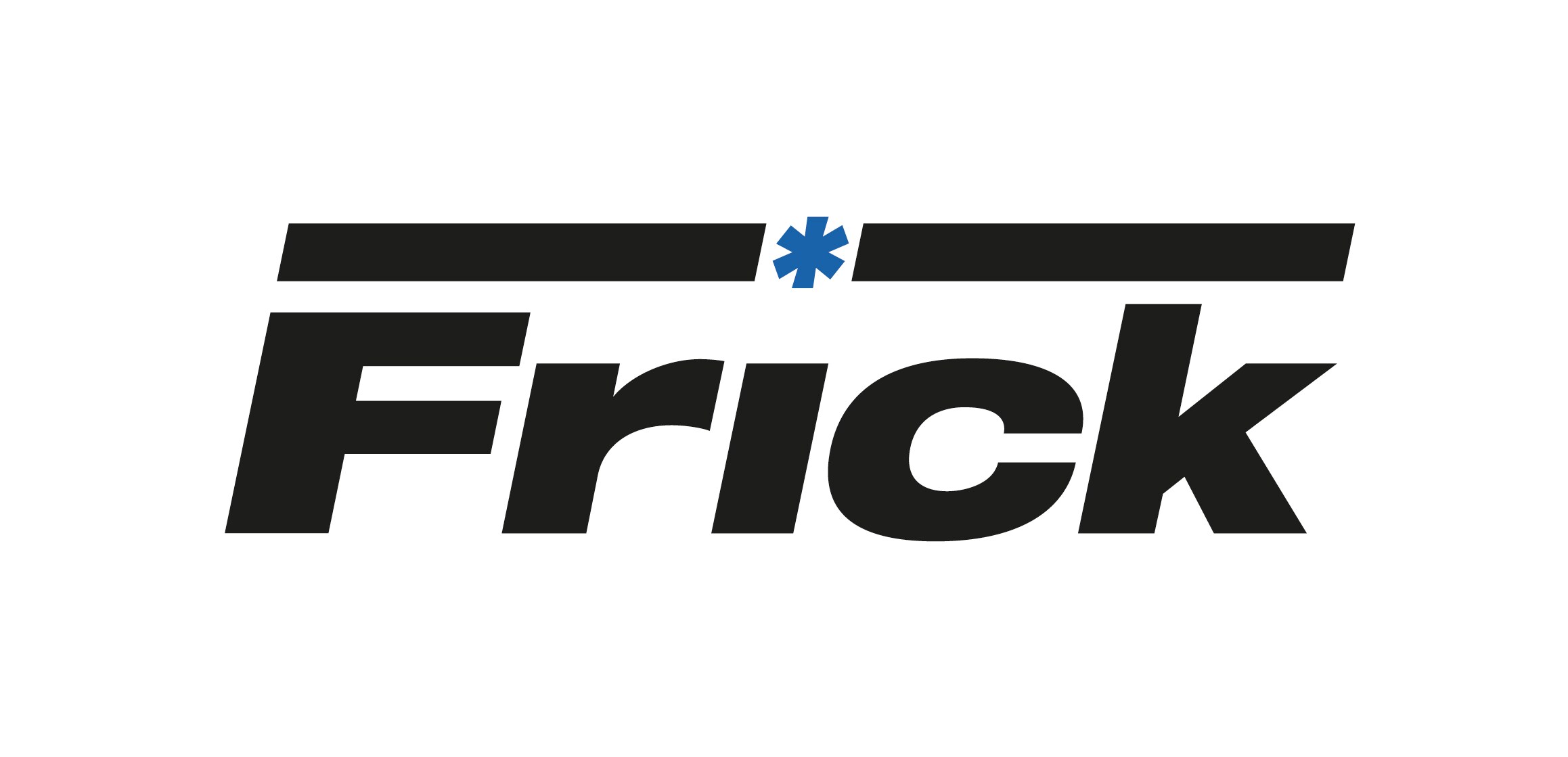

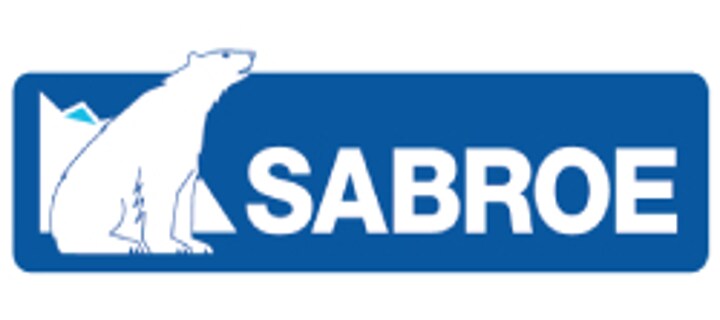




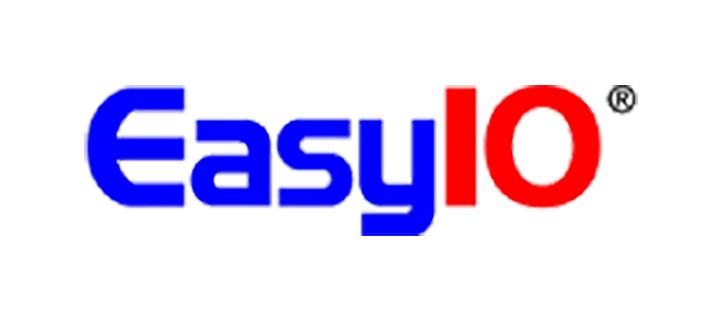




.jpg?la=en&h=320&w=720&hash=244C75B74F0F77521D56164450973BCD)
